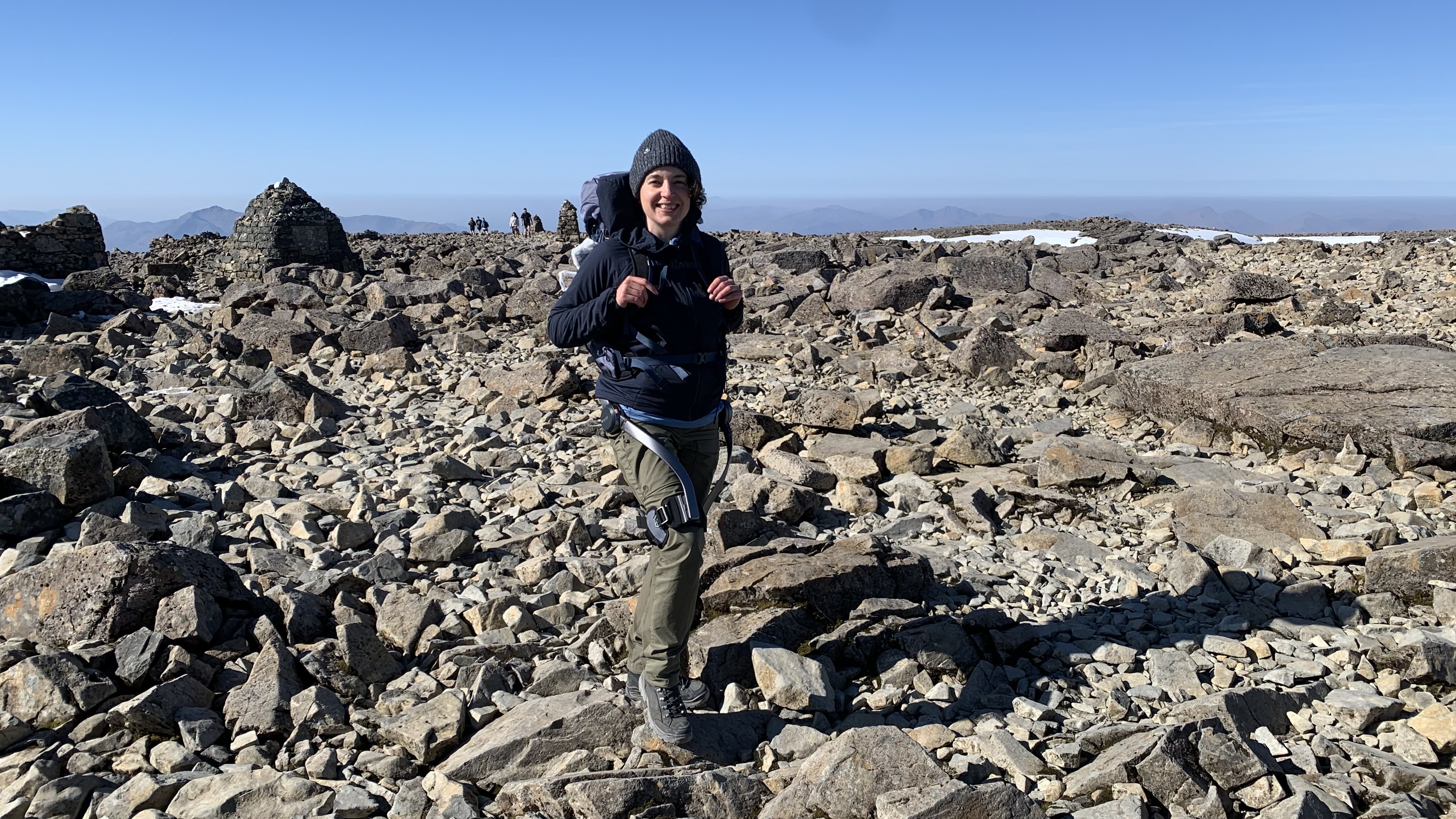Why do avalanches happen? The science behind the deadly phenomenon
Our mountaineering expert delves into the science behind avalanches to answer the question: why do avalanches happen?

The Earth is an incredible and, as far as we know, unique mass of matter that’s home to vast oceans, mighty mountains and the dazzling array of life that has come to characterize it. It hoards these treasures thanks to the gravitational force brought about by its huge mass. It’s this gravity that keeps us firmly rooted to the ground. Gravity can also make a steep, snowy mountain quite an intimidating place to be.
This is, partly, because of avalanches, the often-destructive events that occur when snow begins to tumble down a mountain slope. Even if you’re not an ice axe-wielding mountaineer, you’ll undoubtedly have seen footage of white plumes crashing down mighty Himalayan mountains in a display of terrible strength, leaving destruction in their wake. An avalanche is one of those instances when Mother Nature reminds us all of who is in charge.
So, why do avalanches happen? Understanding this is crucial when exploring any wintry mountain landscape, as even a small avalanche on a diminutive peak can have devastating consequences. We asked one of our mountaineering experts to delve into the science.
Why do avalanches happen?

Avalanches occur when the force of gravity acting on a snowpack is greater than the strength of the bonds keeping the snow in place on a slope. This causes a mass of snow to travel downhill from a start zone, finishing where it is deposited, which is called the runout zone. The path the avalanche takes is known as the avalanche track.
Most of the time, the snowpack sits in a state of equilibrium with the mountain, anchored by the bonds between layers of snow and the terrain. However, if this equilibrium is upset and tipped in gravity’s favor, gravity will win, the bonds will break and snow will slide down the slope. This can either happen when the bonds are weakened, or the load bearing down on the bonds increases.
There are broadly two ways that avalanches are triggered: naturally occurring avalanches and human-triggered avalanches.
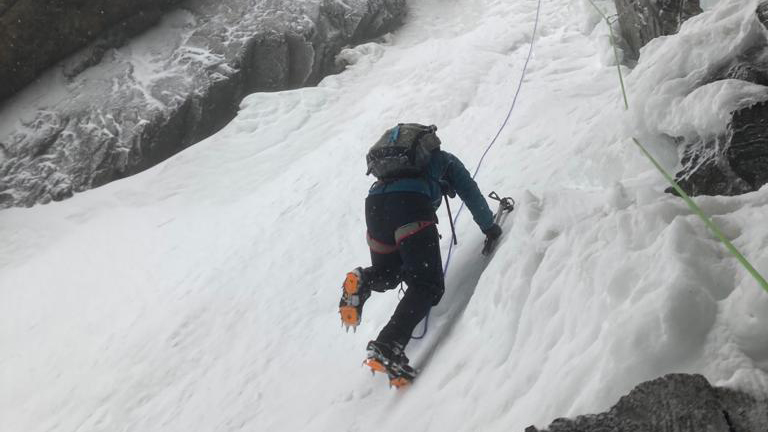
While gravity remains pretty much constant, there are a great number of factors that can have an impact on the snow bonds. Some are natural, while others are due to human interaction, such as mountaineers stomping their way up towards a prized summit. In fact, Avalanche.org (an excellent source of avalanche safety information, particularly for exploring the American backcountry) state that 90% of avalanche accidents are human-triggered.
Advnture Newsletter
All the latest inspiration, tips and guides to help you plan your next Advnture!
Other triggers include cornice collapse, increased snowfall, sudden changes in temperature, rain and meltwater. These, as well as human-triggered avalanches, are all known as external triggers. Internal triggers that can lead to an avalanche include the collapse of a delicate layer within the snowpack and more gradual temperature changes leading to a weakening of the snow bonds.
That's it in a nutshell, but for more detail on the fascinating processes that lead to avalanches, as well as advice on how to avoid becoming an avalanche victim, read on...
Meet the expert

Alex is a keen winter walker, former President of the London Mountaineering Club and a qualified Mountain Leader. He’s currently working towards the Winter Mountain Leader qualification and is no stranger to assessing avalanche conditions in both the UK and the Alps.
On what terrain do avalanches occur?
- Most avalanches occur on slopes angled between 20 and 50 degrees
- Within that range, the majority occur between 30 and 45 degrees
- The snow bonds are under different amounts of tension at different points on the slope
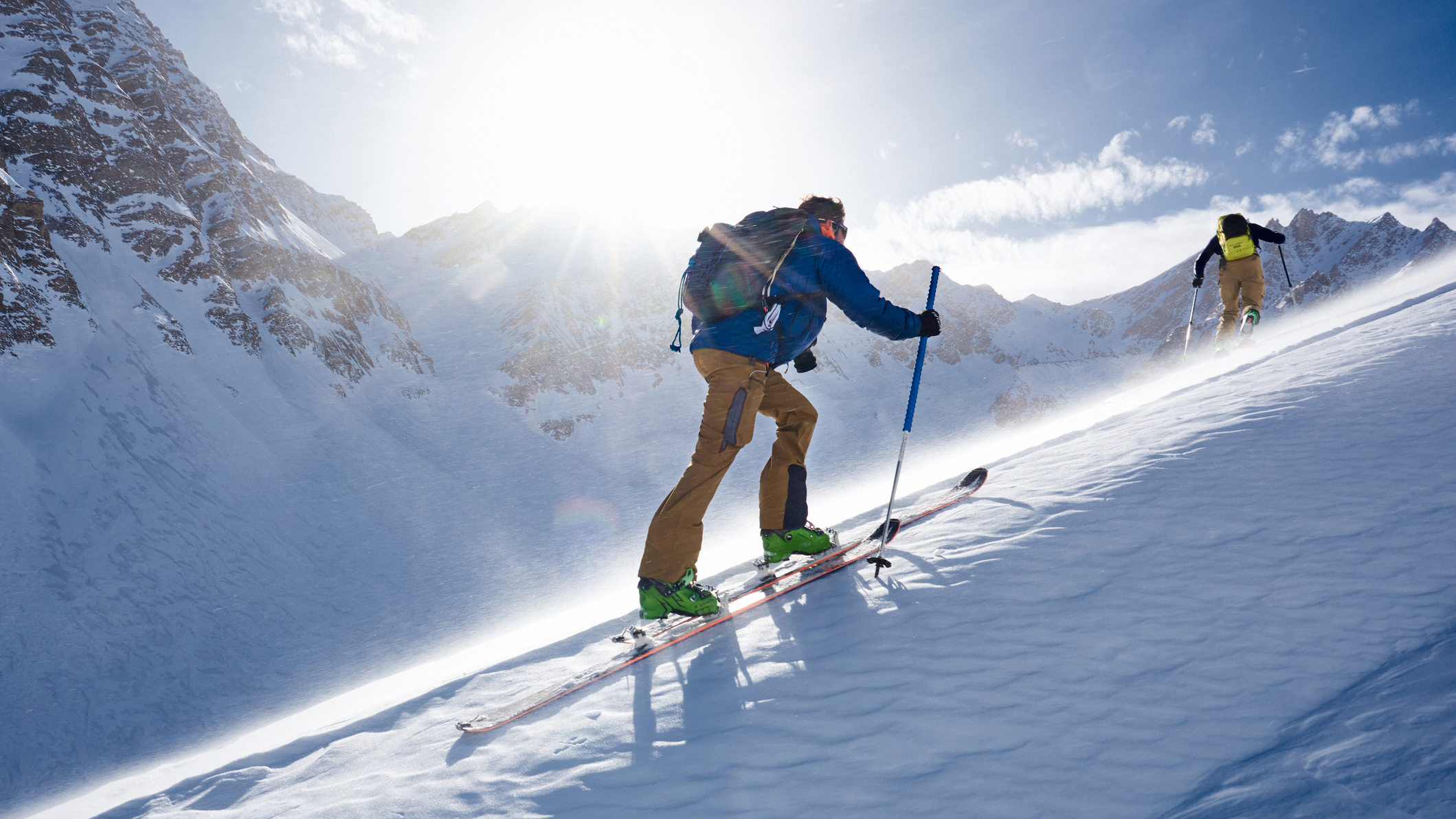
Typical slab avalanches generally occur on slopes between 20 and 50 degrees, with most between the 30-to-45-degree mark. Snow tends to slough off steeper terrain, where bonds have a more difficult battle against gravity, while the opposite is true on more gently angled gradients, where snow will sit quite happily.
So, it’s between 20 and 50 degrees where the balance between gravity and the bonds holding the snow in place is at its most precarious.
Another factor is the uniformity, or lack of, of a slope. Picture a perfect ramp, angled at 30 degrees and covered in snow. The bonds within such a snowpack would be under equal tension and relatively stable if in equilibrium. Now imagine a more realistic slope, with varying degrees of steepness in different places. On this kind of terrain, the situation is less stable. For example, on a convex slope, there’ll be greater tension between the bonds at the top and this is where an avalanche would be most likely to start from.
When do most avalanches occur?
- Most avalanches occur during a snowstorm, or in the two days after
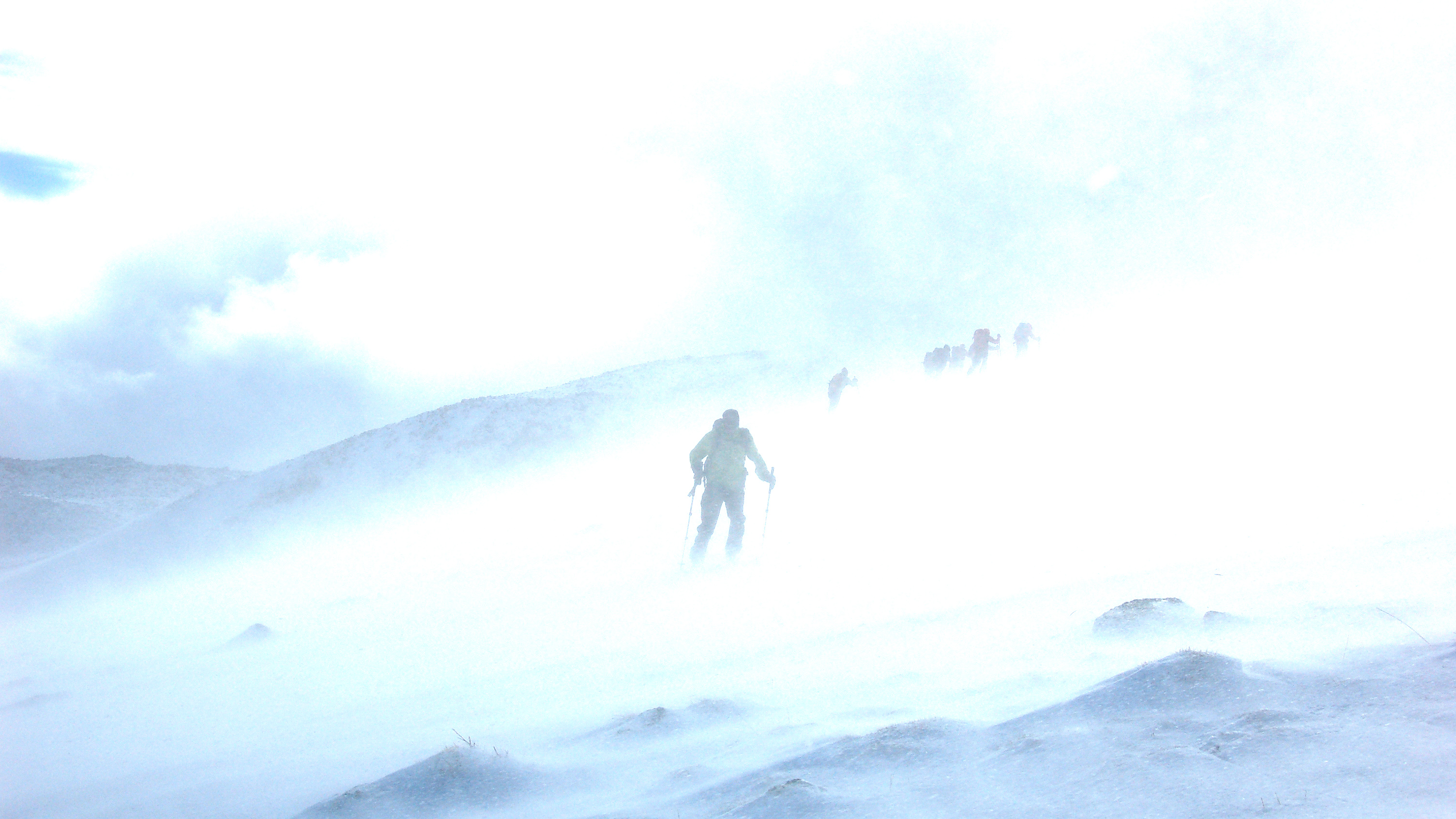
Most avalanches occur either during snowstorms or in their wake, typically over the following two days. It makes sense that freshly fallen snow, or snow redeposited by strong winds, doesn’t form strong bonds. Then there’s the additional weight and strain placed onto the snowpack. By contrast, during periods of settled winter weather, the avalanche risk is usually lower.
However, avalanches can, and do, occur at any time there's snow lying on sloped terrain, so you should always have your wits about you, regardless of recent conditions.
Factors affecting the snowpack
- Snow accumulates on mountain slopes over time, leading to different layers
- Different types of snow bond differently to each other
- Some types of snow, such as graupel, don't bond particularly well initially
- This can lead to weaknesses in the snowpack
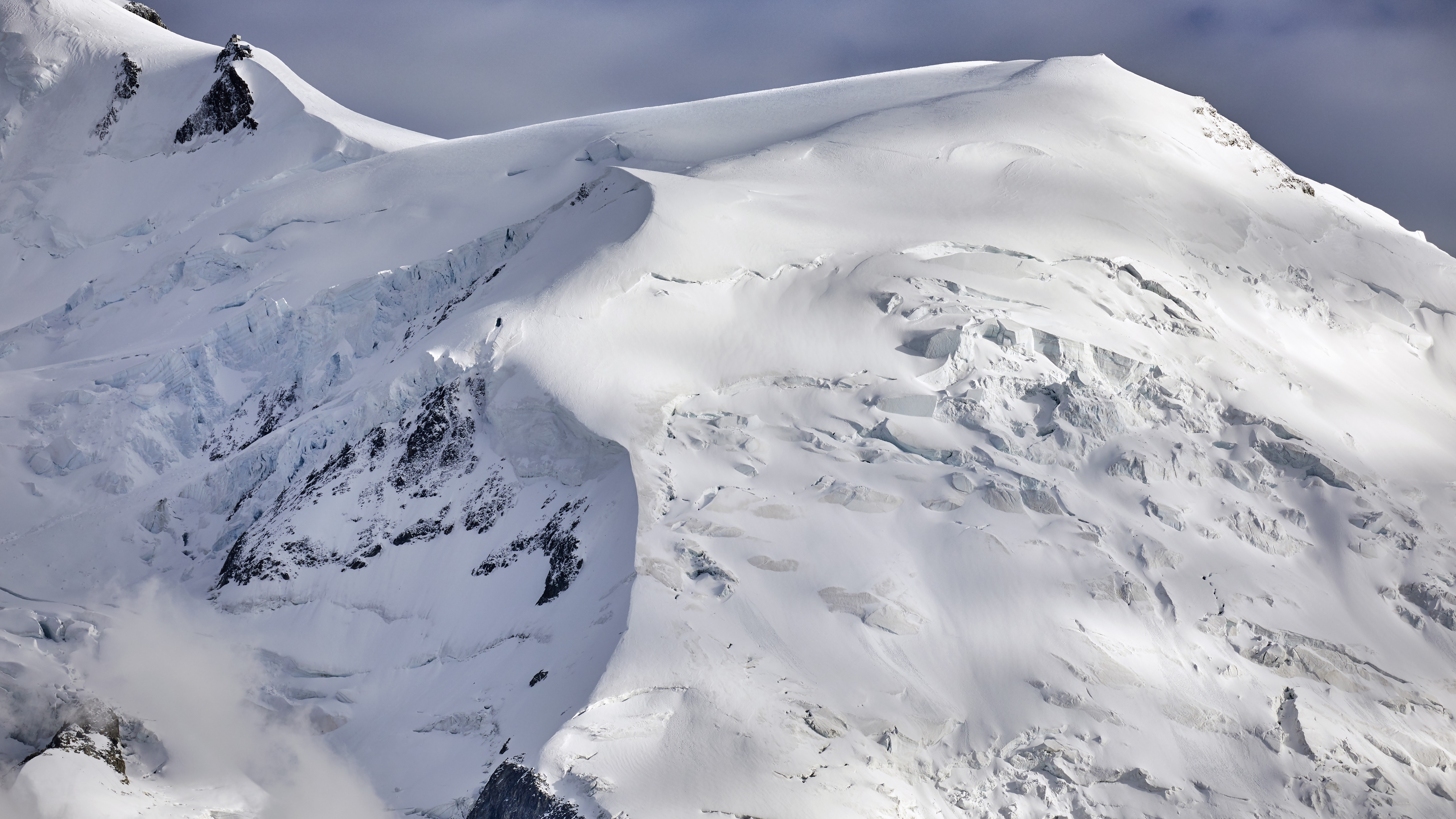
Loose snow avalanches happen when there’s a rapid accumulation of new snow and the weight of it all becomes too much for the relatively weak, newly formed bonds. Slab avalanches, where a whole layer of the snowpack detaches and slides, occur when the bonds holding it all in place can no longer hold it together.
Not all bonds within a snowpack are created equally. Cut a block from a deep snow slope and you’ll notice distinctive layers that tell the tale of how the snowpack has evolved over the season. It’s a bit like how geologists can tell a lot about the history of the Earth from layers in the rock, only this time you’re looking at formation over weeks and months, rather than millions of years.
It’s easy to think of snow as all being the same but it's simply not the case. Many different types of snow form the snowpack. Not only this, it may also have been through various freeze-thaw cycles, which affects the structure of both the individual snow particles and the integrity of the wider snowpack.
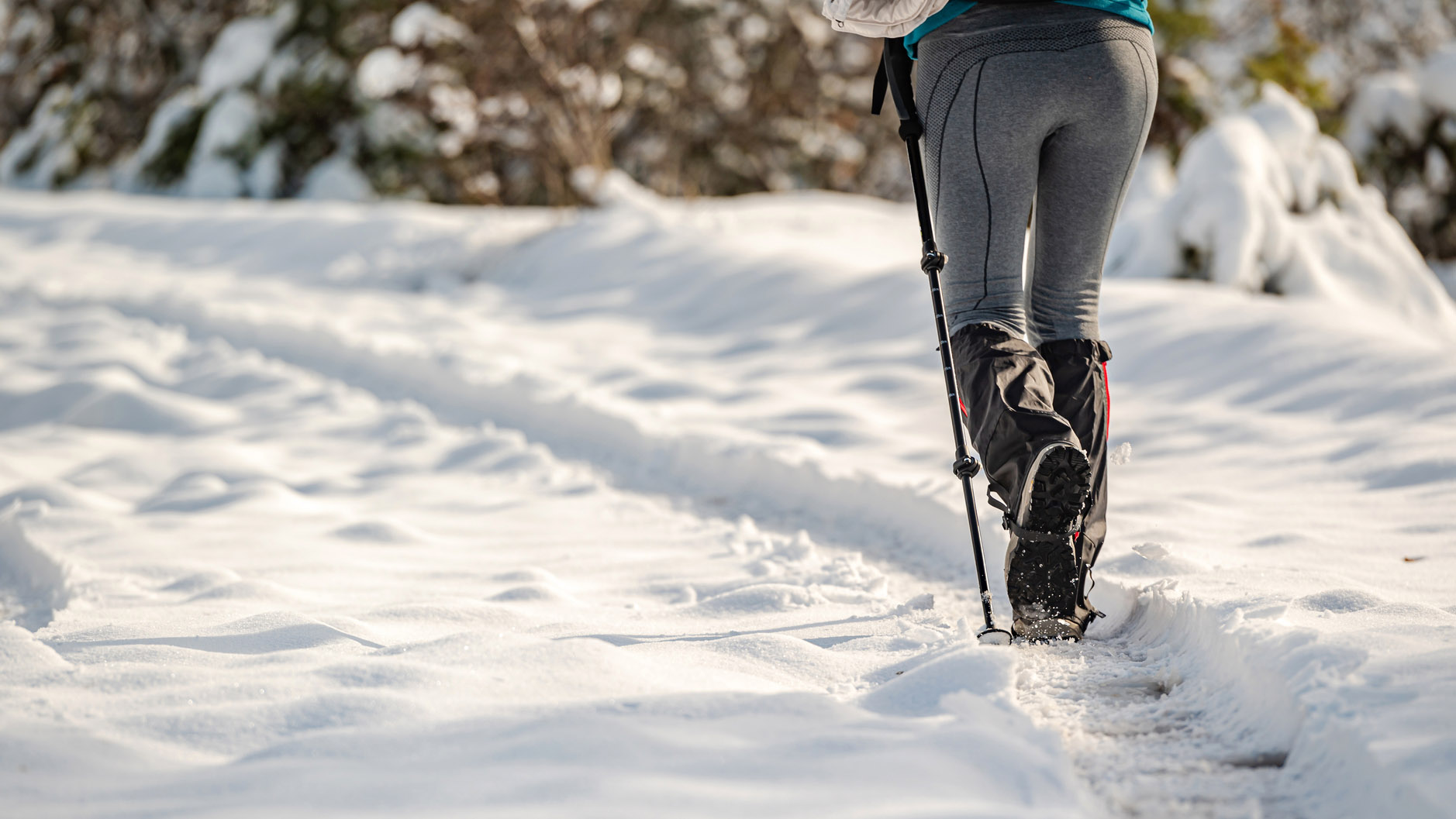
Some snow is fantastic at bonding, whereas some is not. Graupel is a form of snow that falls in soft pellets that look a bit like ball bearings. The bad news is that it doesn’t bond well initially and can lead to a weak layer in the snowpack. Another potential weakness can be a buried layer of surface hoar, which forms in clear, crisp, calm conditions, with high relative humidity. While its feathery appearance is beautiful on the surface, the instabilities it can lead to when buried beneath an additional layer can be deadly.
The terrain beneath the snowpack is also important. Impervious, hard, slabby rock is not an ideal surface for snow to bond to. This weakness can lead to full-depth avalanches, when the slab that detaches from the mountain is the entire depth of the snowpack.
Naturally occurring avalanches
- Significant changes in temperature can cause meltwater to lubricate bonds
- New snowfall and rainfall adds weight to the snowpack, putting bonds under pressure
- When snow becomes heavy with liquid water, wet snow avalanches can be triggered

There are a range of reasons an avalanche might occur naturally. Significant changes in temperature can weaken the snowpack, such as a thaw causing meltwater to lubricate the space between layers, thus weakening the bonds and causing a slab to slide away.
Large amounts of new snowfall can add significant weight to a snowpack, increasing the strain on the bonds below and causing them to fail. Rainfall can add significant weight to a snowpack, causing what’s known as wet snow avalanches. This often happens during the first hour of significant rainfall.
If the bonds holding a cornice in place fail, a huge mass of snow can come crashing down the mountainside, causing a domino – or should that be snowball? – effect. A cornice is an overhanging mass of snow that accumulates on the leeward (downwind) side of a summit or mountain ridge. They're formed by snow redeposited by the wind and can be grow to be mightily impressive in scale, as well as somewhat intimidating when you're below them. As well they should be – you certainly don't want to be under one when it collapses.
Human triggered avalanches
- Human-triggered avalanches are caused by human interaction with the snowpack
- Large groups are more likely to set off an avalanche due to the increased weight on the snow
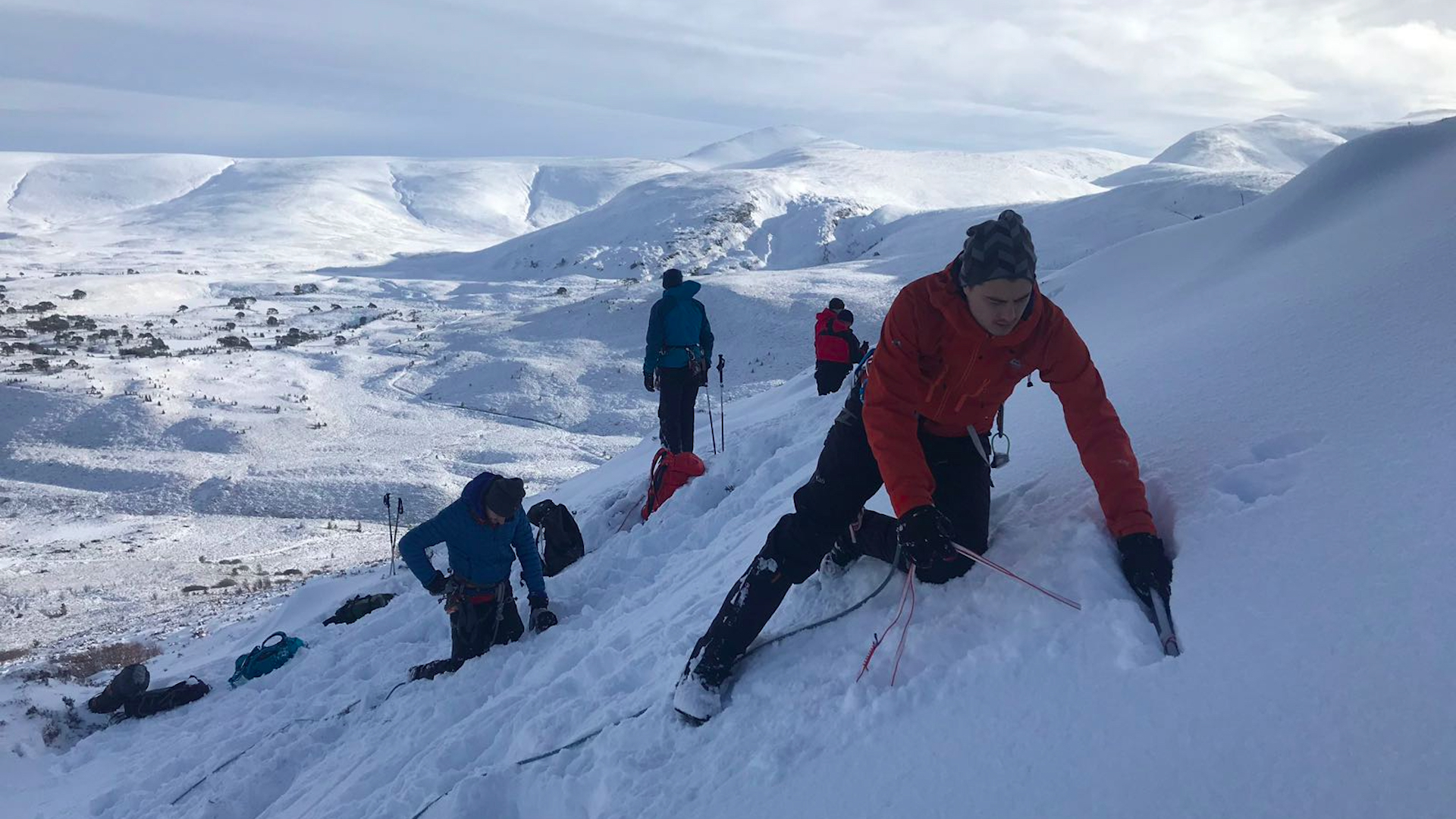
When skiers, snowboarders, alpinists or winter walkers move across snow, they obviously have an impact on the snowpack, weakening the bonds below their skis, boards or winter hiking boots. This can unbalance the delicate equilibrium between gravity and the snowpack, leading to human-triggered avalanches. A large party is more likely to set off an avalanche compared to a solo adventurer or a pair of climbing partners due to the increased weight on the snowpack.
As mentioned earlier, human-triggered avalanches account for around 90% of avalanche accidents. That’s not to say that 90% of all avalanches happen because of human interaction, they don’t. Many natural avalanches occur with no one in the immediate vicinity and, therefore, no accidents occur as a consequence.
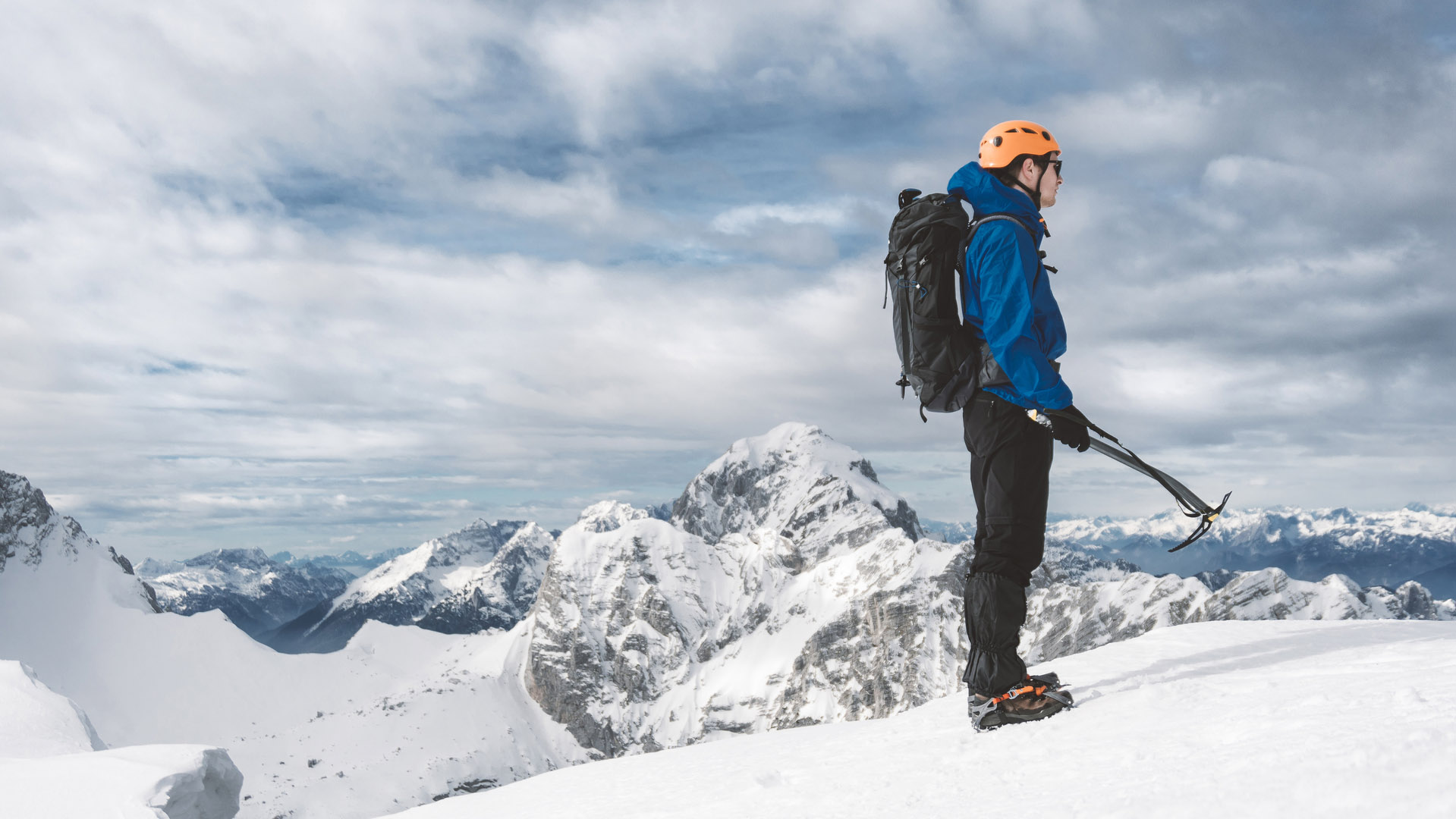
However, what all this does suggest is that you’re significantly more likely to trigger an avalanche yourself than you are to fall victim to a natural cornice collapse or a spontaneous avalanche. Therefore, your actions when exploring the winter backcountry are hugely significant when it comes to staying safe. Knowing how to avoid avalanches, both human-triggered and natural, is half the battle.
Signs to look out for when walking on snow include the top layer cracking or a large slab breaking away. This is a sure sign of a potential slab avalanche, where a large platform of consolidated snow may break away from the main snowpack. A warning to listen out for is a whoomping sound, which indicates instability.
How to avoid avalanches
- Using an avalanche forecast and experience of what warning signs to look out for are essential when exploring the winter backcountry
- If you have to move across potentially dangerous terrain, there are strategies you can use
- Make yourself searchable with an avalanche beacon and/or a RECCO reflector

Experience of assessing avalanche-prone terrain and making use of appropriate avalanche information are the two essentials when it comes to avoiding danger. Knowing how to read an avalanche forecast and then using the information gleaned to plan a suitably safe route are crucial. Then, once out in the mountains, keeping a close eye on weather and snow conditions allows you to make informed judgements when it comes to travelling across potentially hazardous terrain.
For high-altitude mountaineers in the Greater Ranges, avalanche risk is ever-present. Some of the world’s greatest mountaineers have met their end due to an avalanche. No amount of skill or experience can remove the danger entirely.
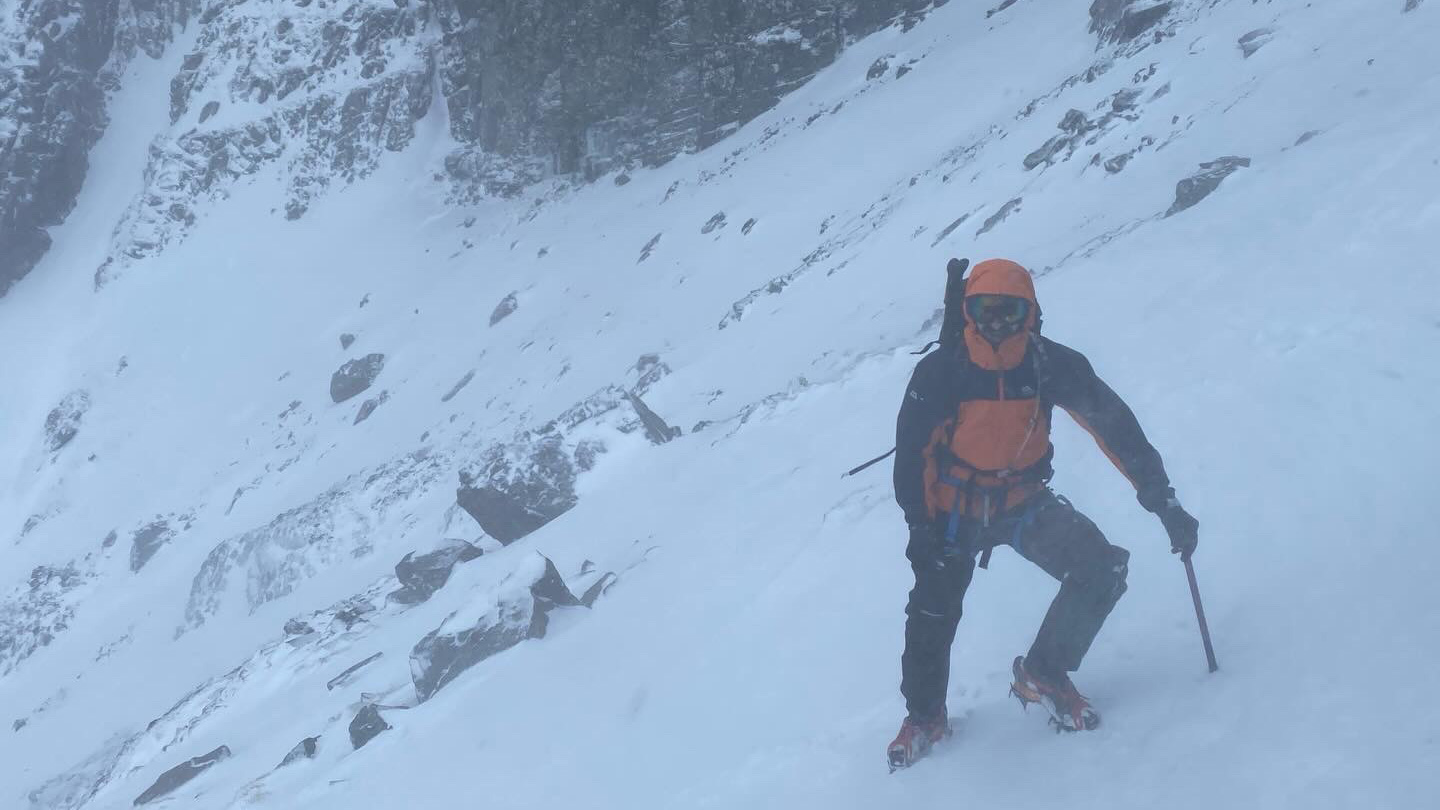
If you have no choice but to cross avalanche prone terrain, try to cross towards the top of the slope so that you would be at the top of the slide, rather than in the middle of it. Identify islands of safety, such as rock outcrops, and move between them. If ascending a gully, stay to the sides, close to the rock. If you're in a large group, move one at a time through potentially hazardous terrain. Keep an eye above for cornices and try to avoid traversing below them, or where snow would funnel in the event of a collapse.
If you expect your adventures to take you into avalanche terrain, make yourself searchable and equip yourself with an avalanche beacon (sometimes referred to as transceivers or ‘avy beacons’). Knowing how to use an avalanche beacon may just save your life, allowing rescue services or your companions to locate you quickly. Wearing a backpack or ski jacket with an integrated RECCO Reflector is also a smart move.
Alex is a freelance adventure writer and mountain leader with an insatiable passion for the mountains. A Cumbrian born and bred, his native English Lake District has a special place in his heart, though he is at least equally happy in North Wales, the Scottish Highlands or the European Alps. Through his hiking, mountaineering, climbing and trail running adventures, Alex aims to inspire others to get outdoors. He's the former President of the London Mountaineering Club, is training to become a winter mountain leader, looking to finally finish bagging all the Wainwright fells of the Lake District and is always keen to head to the 4,000-meter peaks of the Alps. www.alexfoxfield.com
